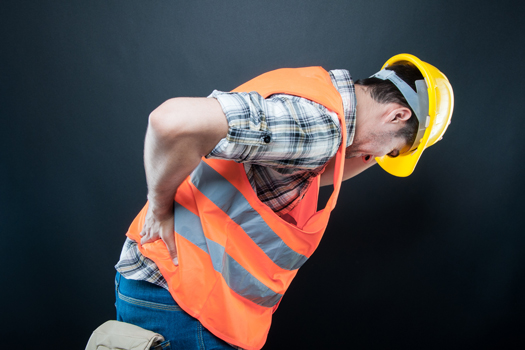
The goal of a discectomy for most patients is to get back to a point where normal activities and movements can be safely done without noticeable discomfort. With that being said, there are some reasonable precautions you should take as you recover from spinal disc surgery. One precaution to take is not doing anything, such as bending, that could overstress the affected area. This article explains what could happen if you bend after a discectomy.
Disc Reherniation Is a Possibility
With a discectomy, it is common for only part of the affected disc to be removed. If this is the case with your disc procedure, excessive or repetitive bending may cause the remaining part of the spinal disc to shift. Should this happen, a nearby nerve may once again become irritated. This is referred to as reherniation. Depending on how the nerve is affected, it could result in a return of the symptoms you experienced before surgery.
Spinal Muscles May Be Overstressed
A discectomy, like any type of spine surgery, requires time for nearby spinal muscles need time to sufficiently regain strength and flexibility. Even if you have a less invasive microdiscectomy, if you start bending too soon after surgery, you may overstress or overstimulate nearby muscles. Doing so could result in inflammation, which may irritate spinal nerves enough to cause some discomfort.
Recovery Could Take Longer
Even if reherniation or reinjury does not occur, placing too much stress on the affected area could extend your recovery. This could mean some additional physical therapy time, or you might be advised to restrict your activity for a longer period as a precaution, especially if bending contributes to flare-ups or pain spikes.
Safely Bending and Lifting after a Discectomy
For most people, bending is a motion that is made without much forethought. However, if you do need to lift anything while you are still in the recovery phase after a discectomy, it is best to do so safely. This is something you can do by:
• Bending at your knees, not your waist or lower back
• Squatting down to pick something up
• Using a handheld reacher, grabber, or similar assistive device
• Wearing a back brace or lumbar support belt
When to Start Bending Again
There is some research suggesting it may be possible to bend, reach, and make similar movements a few weeks after having disc surgery, especially if you have a minimally invasive procedure. However, it is best to listen to your body and evaluate how you are progressing as you recover. It is also a good idea to talk to your doctor or physical therapist before you step up your activity level or get back to certain routines that involve bending. Typically, patients are advised to do low-impact exercises to promote tissue healing to get back to a point where bending can be safely done. Therapeutic exercises that can be beneficial for this purpose include:
• Gentle stretches, such as sciatica stretches
• Walking at a casual pace
• Core muscle exercises
• Patient-specific physical therapy routines
Even though discectomy surgery is a common and generally quite successful procedure, a hole is frequently left in the outer wall of the disc. In fact, patients with these large holes in their discs are more than twice as likely to reherniate. Reherniations often require additional surgery or even fusions. Fortunately, there is a new treatment specifically designed to close the large holes that are often left in spinal discs after discectomy surgery. Barricaid is a bone-anchored device proven to reduce reherniations, and 95 percent of Barricaid patients did not undergo a reoperation due to reherniation in a 2-year study timeframe. This treatment is done immediately following the discectomy—during the same operation—and does not require any additional incisions or time in the hospital.
If you have any questions about the Barricaid treatment or how to get access to Barricaid, ask your doctor or contact us at 844-288-7474.
For full benefit/risk information, please visit: https://www.barricaid.com/instructions.


Comments